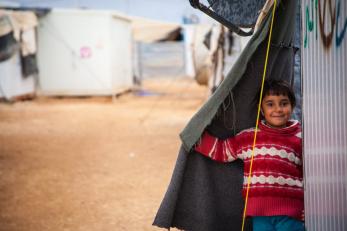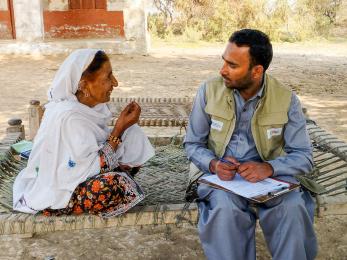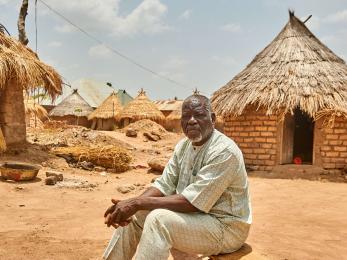The Role of the World Bank in Fragile and Conflict-Affected Situations

Lessons for IDA19 and the FCV Strategy
The geography of poverty is changing. Extreme poverty is increasingly concentrated in places characterized by fragility and violent conflict: by 2030, 85 percent of the extreme poor — some 342 million people — will live in fragile and conflict-affected states. Yet just one in five fragile states are on track to achieve the Sustainable Development Goals (SDGs).
Meaningful progress on the goal of reducing global extreme poverty requires meeting the development needs of vulnerable populations in fragile contexts; but assistance in these contexts has traditionally been limited to short-term humanitarian aid, ill-equipped to address underlying development challenges. The World Bank is uniquely positioned to leverage its convening power, credibility with governments, and longer-term financing mechanisms, among other tools, to better address sources of instability and recurrent humanitarian crises. But these contexts also pose unique challenges to the World Bank’s traditional operating model. Collapsed or fragile governments, chaotic security environments, and constantly changing local dynamics stand in stark contrast to the more stable contexts where the World Bank has traditionally worked.
Since 2016, the World Bank has begun greatly amplifying its engagement in fragile states and humanitarian contexts. Key lessons are emerging around harnessing the World Bank’s comparative advantages and driving robust coordination and partnerships with other humanitarian actors. Drawing on experiences and observations by the authors’ organizations, this note outlines the critical importance of World Bank investments in fragile states and crisis-related funding through the International Development Association (IDA), and offers a constructive critique and stock-taking of the Bank’s latest efforts.
As the World Bank develops a new Fragility, Conflict and Violence (FCV) Strategy, and approaches its 19th replenishment of IDA (IDA19, covering 2021-2024), this note explores the lessons learned since 2016 and provides recommendations for the Bank and its shareholders to consider moving forward.

